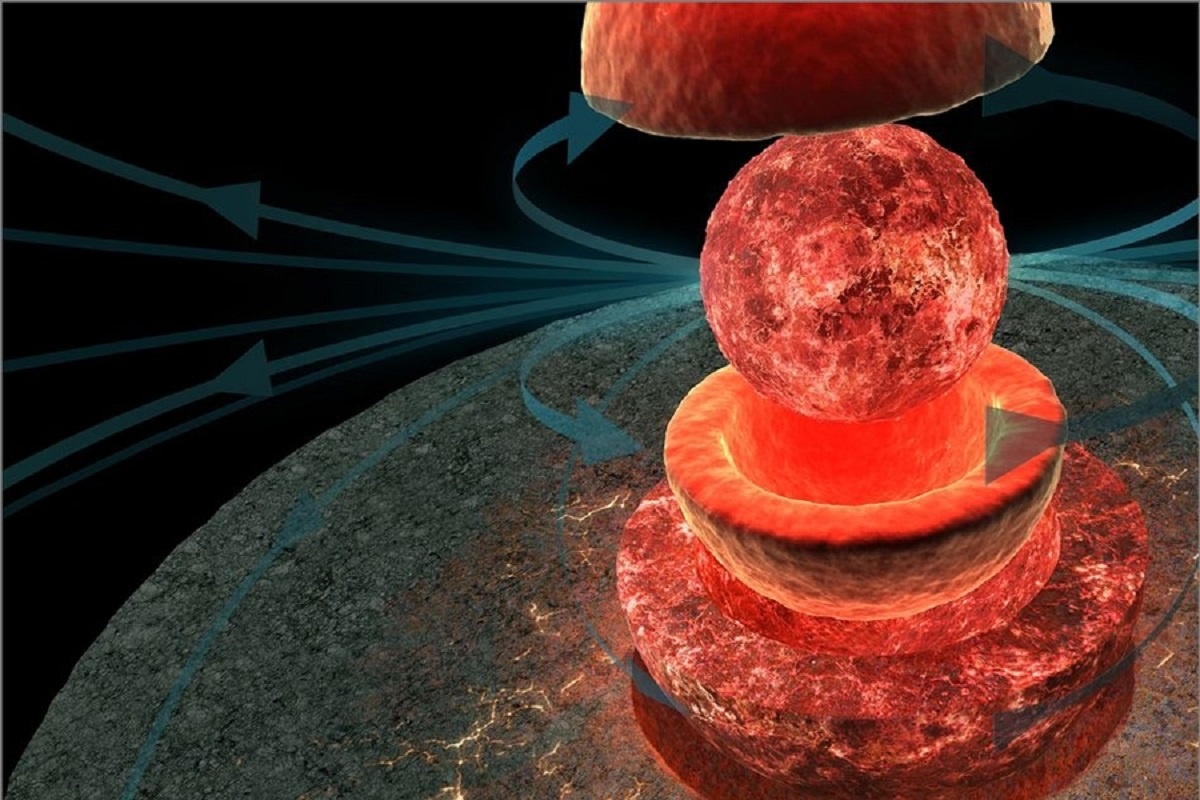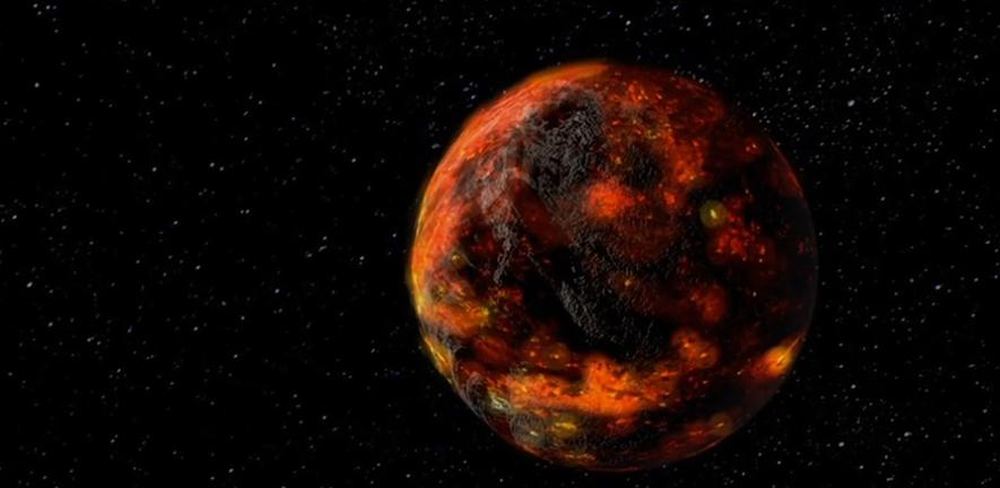Some fifty years ago, the Apollo Program sent the first astronauts to the Moon. In addition to the many science experiments they conducted on the surface, the Apollo astronauts brought back samples of lunar rock for analysis. The Soviet Luna program sent several robotic missions to the Moon around the same time that conducted sample-return missions. The examination of these rocks revealed a great deal about the composition of the Moon and led to new theories about the formation and evolution of the Earth-Moon system.
For example, analysis of the rocks revealed that the Earth and the Moon are similarly composed of silicate minerals and metals. This led to theories that the Moon’s interior is similarly divided into a silicate mantle and crust and a metallic core. However, many aspects of this theory, like the structure of the core (solid or molten?), have been debated for decades. According to new findings by a team of French scientists, it is now a scientific certainty that the Moon’s innermost region consists of a solid inner core surrounded by a molten outer core (just like Earth’s).
Continue reading “The Moon has a Solid Core Like the Earth”


